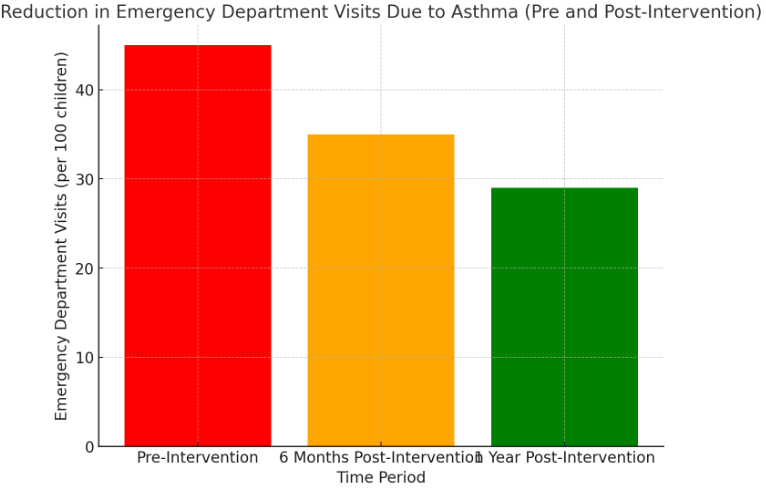Recognizing and Responding to Pediatric Respiratory Distress: A Critical Call for Action
Journal of Medical Practice and Review
,Volume
2025
,
Page 1-7
https://doi.org/10.18535/jmpr/2025.01.01
Abstract
Pediatric respiratory distress is a leading cause of emergency department visits and contributes significantly to child mortality worldwide, particularly in low- and middle-income countries. Early recognition and prompt response to respiratory distress are crucial to preventing complications and saving lives. This article synthesizes findings from global health institutions, including Harvard Medical School, Johns Hopkins University, and the World Health Organization (WHO), to highlight the importance of early detection and intervention in pediatric respiratory emergencies. It explores common causes such as asthma, bronchiolitis, pneumonia, and foreign body aspiration, as well as the role of caregivers in recognizing danger signs. The article also examines successful case studies, including Rwanda’s pneumonia control program and asthma action plans in urban communities, to showcase effective interventions. Additionally, it discusses preventative measures such as vaccination, air quality improvement, and caregiver education as essential strategies for reducing the burden of pediatric respiratory conditions. The paper emphasizes the need for collaborative efforts between governments, healthcare organizations, and academic institutions to bridge healthcare disparities and improve outcomes in pediatric respiratory distress management.
- Pediatric respiratory distress, Early recognition, Respiratory emergencies, Asthma exacerbation, Pneumonia prevention, Caregiver education, Pediatric health interventions, Global health programs, Pediatric asthma management, Respiratory distress management

How to Cite
Download Citation
References
- Article Viewed: 338 Total Download

